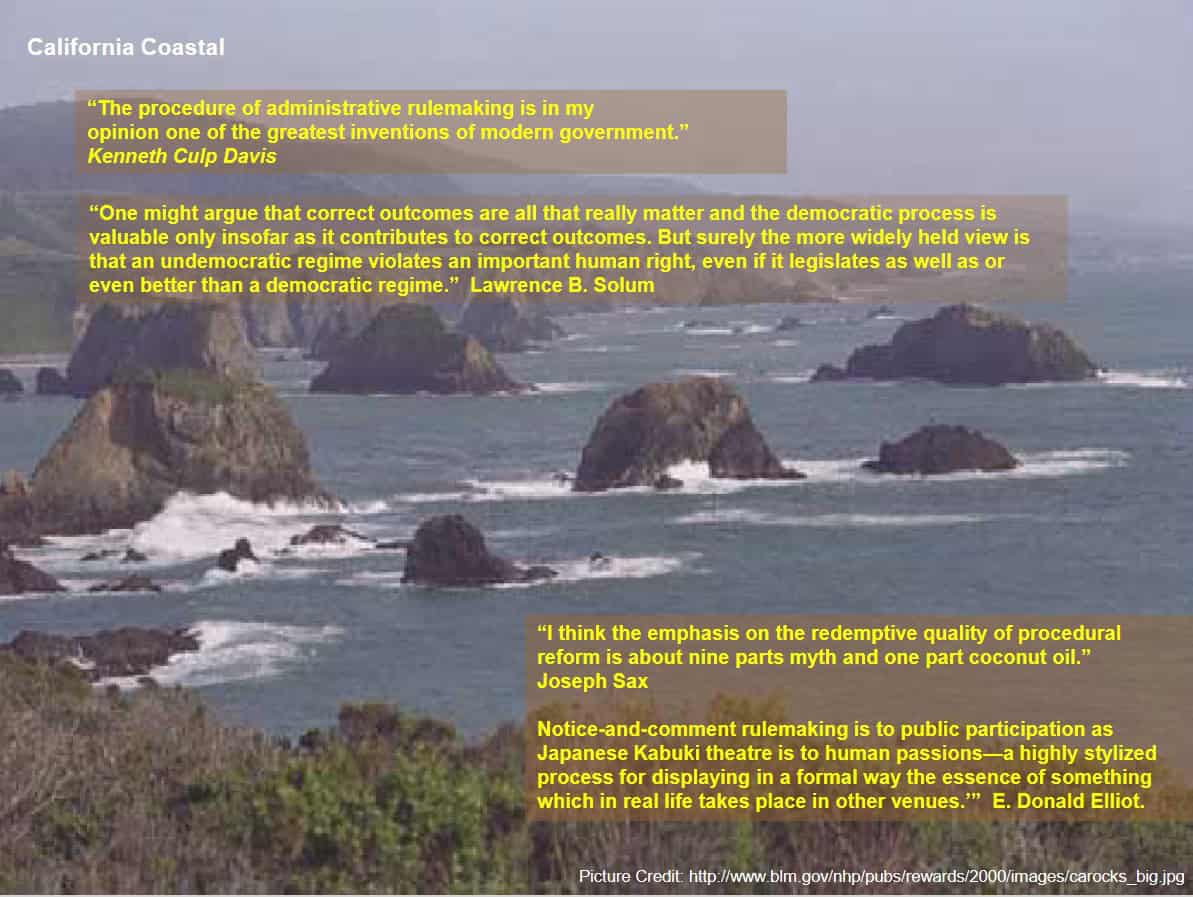The third Friday in May is Endangered Species Day, where we should “celebrate saving species.”
We could certainly talk about past successes at saving and recovering some species, but here is a story that suggests the inadequacy of ESA for the task of mitigating or reducing the effects of human climate disruption on many (maybe all) species. This species has apparently become extinct in the Mule Mountains of southern Arizona – on BLM land under federal land management.
Over the last 3 million years — a million years longer than humans have been around — the Yarrow’s spiny lizards in the Mules adapted to live in cool mountain climates called sky islands. Because the desert floor below is too hot, the lizards were essentially marooned at higher elevations, as if on an island, and cut off from other Yarrow’s populations in southern Arizona and northern Mexico.
In 2014, the team could not find any lizards below 5,700 feet. Up to that elevation the temperature in the mountains had gotten too hot. In 2021-22, they returned to the Mules to count lizards in the same spot. They were gone. At that point, the lizards could only be found living much higher, at 7,100 feet, a cooler elevation.
In a scientific paper, Wiens and his colleagues calculated the rate at which the lizards were dying, concluding that it is among the fastest rates ever recorded.
But because the highest peak in the Mules is 7,700 feet, the Yarrow’s spiny lizards were quickly running out of elevations with cooler air. Based on its calculated rate of decline, and with nowhere else to go, Wiens projected the lizards would go extinct here by 2025 — a phenomenon that scientists call riding the “elevator to extinction.”
In March of this year, a survey trip into the mountains with CBS News proved his hypothesis correct, one year ahead of schedule. Wiens could no longer find any lizards, though it will take several more trips before rendering a conclusion.
This species was apparently never listed under ESA, or even petitioned. The BLM could have petitioned to list the lizard. You might think that a federal agency responsible for species on its lands would want all the tools available to provide for the species survival, but I think petitions to list a species by federal agencies are unheard of.
We know that species may be listed under ESA because of the effects of climate change (e.g. polar bears). The ESA would then force federal agencies to modify their actions that would adversely affect listed species. In this example, changing BLM management practices might have been necessary, but not sufficient, to save the species.
If the species had been listed, at least in theory, other actions that are causing the loss of habitat could have been modified or eliminated which could have benefitted federal lands ecosystems. A Congressional Research Service Report from 2019 found that unlikely:
Judicial review has helped to ensure that the Services consider projected climate change effects on species in their ESA decisions. However, the courts have not required the Services to curb activities that may contribute to climate change to protect threatened or endangered species.
Stakeholders disagree on whether the ESA should play a role in addressing climate change, with some arguing that the ESA is not equipped to mitigate climate change effects. Other stakeholders believe that the Services can and should wield the ESA to protect further species threatened by climate change by curbing activities contributing to climate change. From the Services’ viewpoint, the best available scientific and commercial data have been insufficient to determine whether greenhouse gas emissions from a proposed activity cause detrimental effects on a species or its habitat. In light of the judicial deference afforded to the Services, the courts have not expanded the ESA as a tool to protect listed species by regulating activities that contribute to climate change.
Despite some success challenging BiOps, neither the courts nor the Services have found that climate change effects from a proposed federal action jeopardize the species or adversely modify its habitat.
Even though that is what happened here. Federal actions authorizing greenhouse gas emissions have contributed to a baseline for this species that trended toward and resulted in extinction. This same trend is occurring for many other species in less obvious ways. Nothing to celebrate here.
But the CRS authors offer this (faint) note of hope:
From the Services’ viewpoint, the best available scientific and commercial data have been insufficient to determine that GHG emissions from a proposed activity cause detrimental effects on the species or its habitat. However, as climate modeling and technology advance, the Services may be able to predict the causes and effects from climate change on species with greater scientific certainty and data.
(Note: This report was written at the end of the Trump Administration and discusses its changes in the ESA regulations, which have since been changed by the Biden Administration. Also, I have not tried to update what’s been happening in the courts.)




